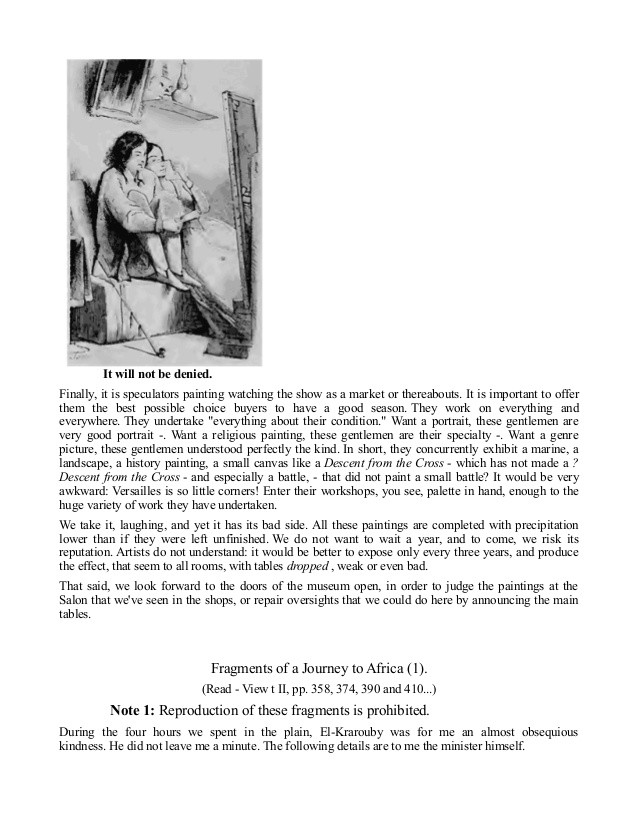A Market Littered with Speculators
Post on: 21 Июнь, 2015 No Comment

Bryan Rich | Saturday, May 7, 2011 at 7:30 am
This post was published 3 years, 10 months ago.
It seems that the widely accepted view of global markets for many months has been conveniently compartmentalized, and neatly described as:
“Fed’s Easy Money Policies = Higher Asset Prices into Perpetuity.”
It’s this widely accepted formula that emboldens speculators to push markets higher and higher expecting a free ride. It gives asset managers an excuse to keep plowing money into markets with less and less respect for risk. And it creates self-fulfilling market responses.
But the world’s problems are complex. And complex problems don’t tend to have such neat and simple answers.
In the end, the market activity of recent months is just a lot of money leaning heavily one way, without the fundamentals to support it. And if history, especially recent history, is any indication, it all sounds like a formula for another boom and bust.
In this case, the boom was contra-dollar investments. So now we have to ask …
Is Another Bust
History shows us that global financial crises are typically followed by sovereign debt crises. And global recession that is synchronized with global financial crises tends to bring about a long, painful recovery littered with economic shocks. Moreover, it’s not a stretch to think that the reverberations of a near global collapse in the financial system from a massive credit bubble will probably be manifested in more booms and busts.
Yet the world seems to be more concerned about slashing deficits and hiking rates, precisely the type of mindset we might expect to see in a legitimate recovery phase, not one that remains dependent on government life support.
The more the market focuses through the lens of recovery, the more scrutiny policymakers get for not reacting to a recovery. As market prices support that scrutiny, the more convinced market participants become, and the higher prices go.
Advertisement
It’s this type of market that Paul Tudor Jones, the legendary hedge fund manager, describes as the “last third of a move.” And within this last third, he says there’s “no logic to it” and “irrationality reigns supreme.”
Now it appears, the “last third” of this run-up in markets could have come to an abrupt end.
Nowhere has irrationality been more evident than in silver prices …
The silver market had a parabolic move in recent months. But this past week, the CME responded to the dangerously high prices and the buildup of fearless speculators by hiking margin rates. They did so three times in five days … and brokers hiked even further, seeking to reduce their risk from a crash in silver prices.
Speculators, not fundamental supply and demand, have fueled the run-up in commodity prices.
And in the same self-fulfilling vein, a crash is what they are getting! Despite all of the talk of “real money” diversifying into silver, when the skirt was lifted, it was a market littered with speculators.
Silver fell 29 percent in five days, after testing the all-time highs when the Hunt brothers cornered the silver market back in 1979. It has a similar ring as the top in the oil market did in 2008. Then, margin rates were increased, speculators were squeezed, and oil topped out, ultimately trading down to $30 from $147.
So silver, gold and oil — the three most loved speculative “hard currency” trades — are all plunging. On the heels of those declines is the euro — the world’s favored anti-dollar trade.
All of this market action is fueling a bounce in the dollar, which, contrary to popular opinion, is in position to have a major rally ahead.
The Long-Term Cycles
You can see in the table below the roughly seven-year cycles in the dollar index dating back to the failure of the Bretton Woods system. You can also see, in the “% Change” column, the broad moves in the dollar within those cycles, both in bullish and bearish cycles.
Here’s my perspective: As long as the dollar remains above the March 2008 low of 70.69 on the dollar index, it remains in a BULL cycle. So as long as the dollar holds that prior low, it has the potential for a huge run. That, of course, assumes it remains consistent with the broad moves in previous cycles.
If it breaks below the March 2008 low, that would invalidate 40 years of cycles and thus invalidate the dollar bull cycle. For now though, the cycles and the likely bust taking place in contra-dollar assets favor the greenback.
With that, while many view it as a contrarian trade, my advice is to close your eyes, pinch your nose, and buy the dollar.
Regards,
Bryan
Bryan Rich began his currency trading career with a $600 million family office hedge fund in London. Later, he was a senior trader for a $750 million leading global hedge fund in South Florida. There, he helped manage and trade a multi-billion dollar foreign exchange options portfolio. Today, Bryan is the editor of World Currency Trader . a service designed to give you everything you need to trade currencies that offer the greatest profit potential with the least amount of risk.














